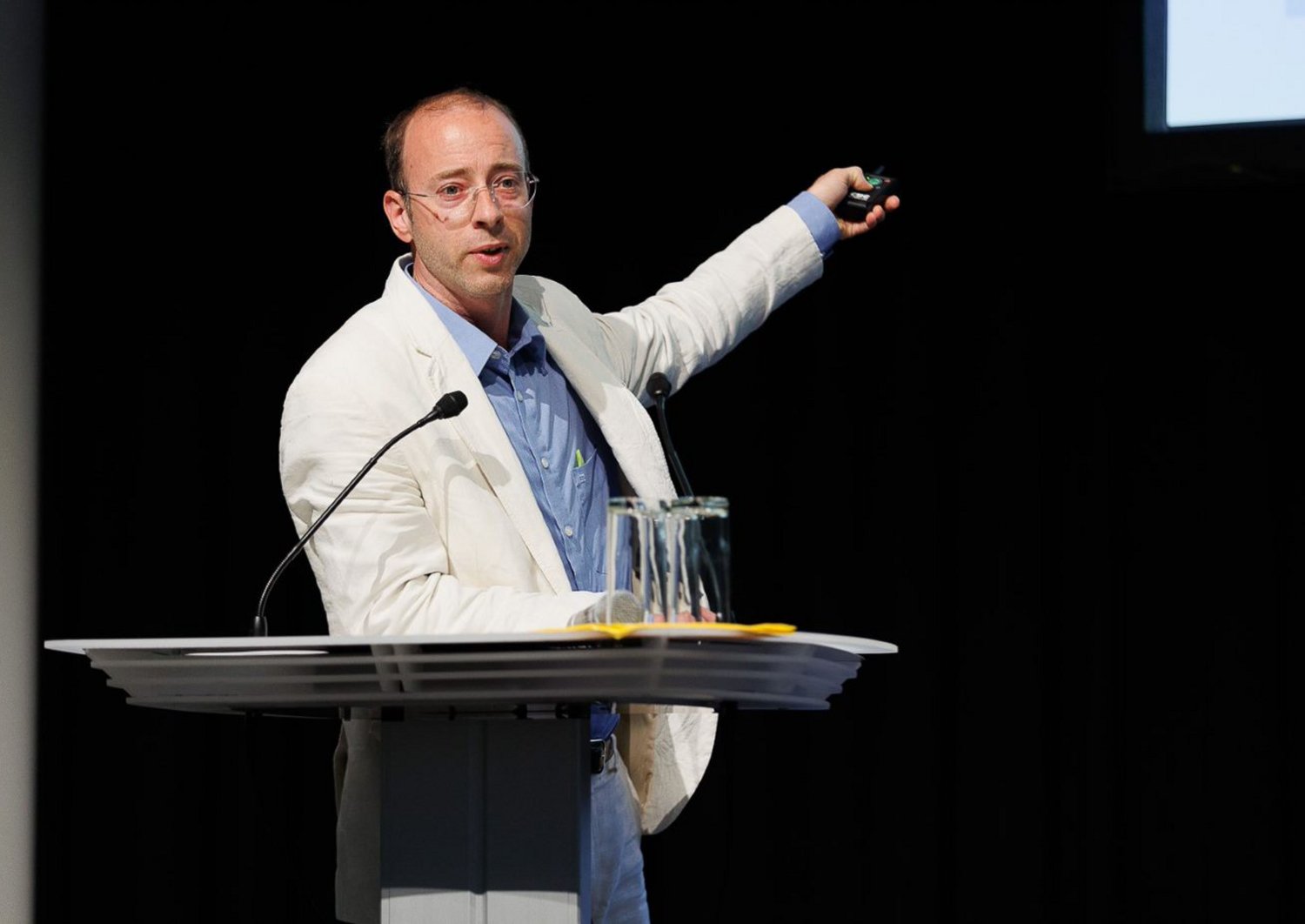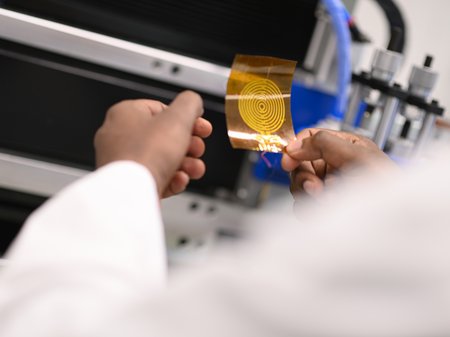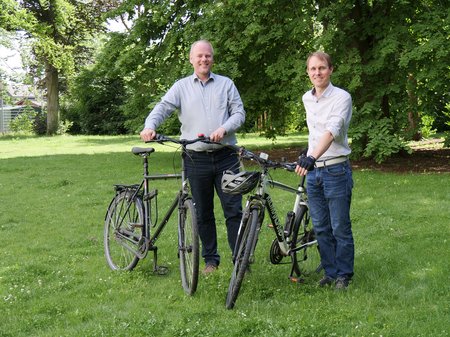Photovoltaics is the conversion of light into electric energy. The light gets converted via solar cells made from silicon, which can be installed on roofs or in open spaces. Whenever sunlight hits one of the solar cells, energy is released through the photovoltaic process. This energy, however, is not yet usable in our households and it needs to be converted from direct current to alternating current first. An inverter converts the energy to alternating current, which is more common in household appliances. The power can then be used immediately, or it can be saved for days with less sunlight.
Why photovoltaics?
In order to meet our growing energy demands without the catastrophic effects of CO2 emissions, we must focus on using more renewable energies. That is why generating electricity via solar energy plays a major part in the upcoming energy revolution and the European Green Deal – the transition to a climate-neutral European Union. Thus, it is becoming increasingly important to store solar power in a decentralized way, to increase the efficiency of photovoltaic power plants, as well as to optimally operate them. Owing to the importance of the topic, Rudolf Heer, head of our Electronic Sensors research unit, devoted a session to different aspects of photovoltaics at the “Imagine 22” conference in Vienna on June 23, 2022.
Imagine 22 – Rethinking digital technologies
The motto of this year’s Imagine 22 conference, organized by the Federal Ministry of Climate Action, Environment, Energy, Mobility, Innovation and Technology (BMK) and the Austrian Research Promotion Agency (FFG), was “Rethinking digital technologies”. Wolfgang Muehleisen, Senior Scientist at SAL’s Sensor Applications research unit, gave a talk about possible methods of digitally monitoring one’s photovoltaic power plant during Rudolf Heer’s session.
Sustainable photovoltaics at SAL
At SAL, Muehleisen occupies himself with combined monitoring methods of photovoltaic power plants from at home as well as through on-site analyses. Monitoring one’s photovoltaic power plants is essential, because that way undetected power losses or malfunctions can be prevented. Thus, the resulting solar electricity can be used even more efficiently and sustainably.
“There are many approaches to gain insights into our power plants through data science. However, the key to a well-functioning maintenance system lies in a combination of experience, data analyses as well as error detection analyses,” states Muehleisen. “As a user, you have to know what you’re doing insofar as you have to be able to interpret signals and deviations. For this purpose, a bridge between science and monitoring data and the user must be built – then we got ourselves a great path to an efficient photovoltaics monitoring system for the future.”










